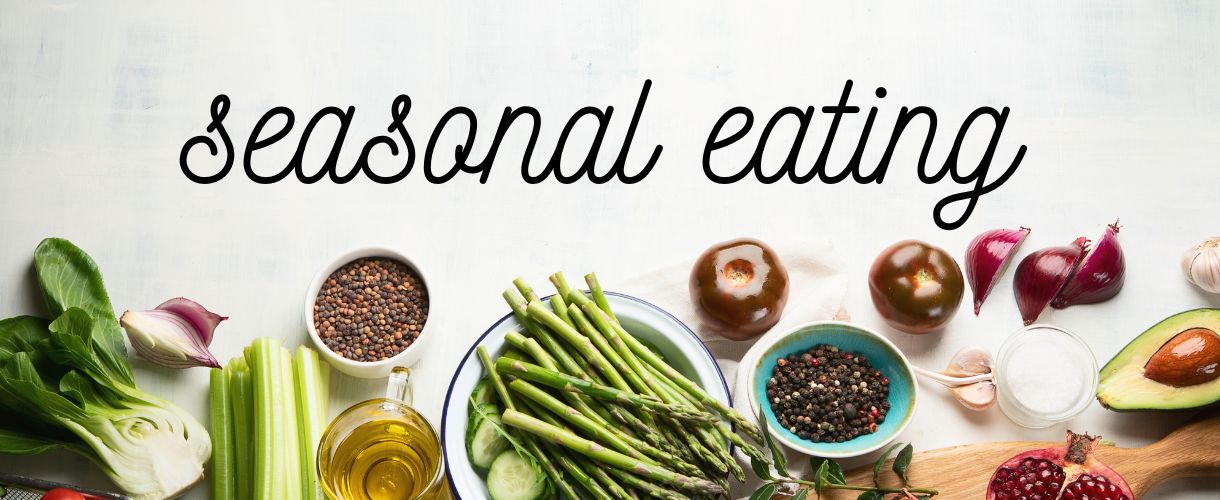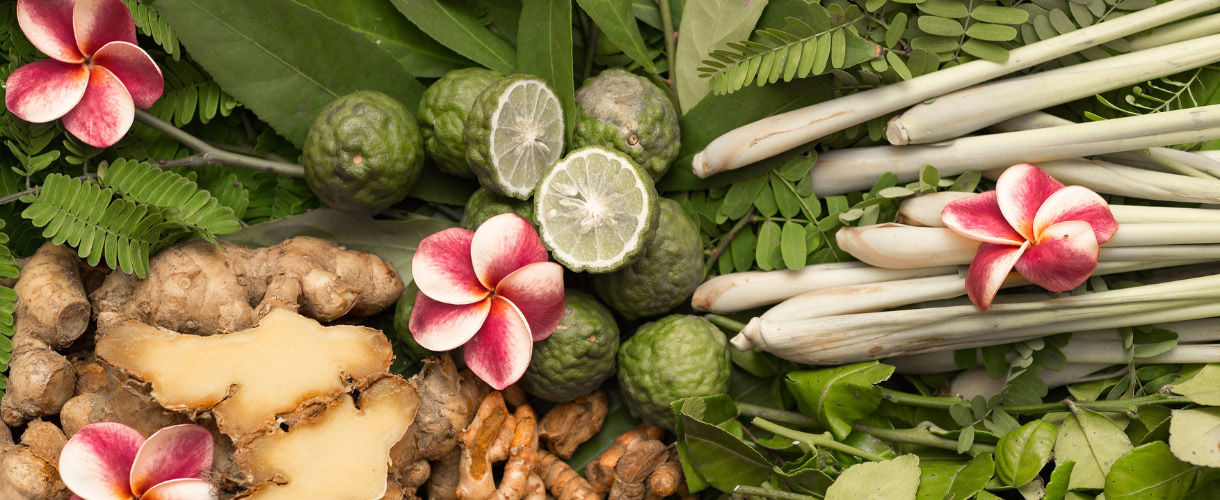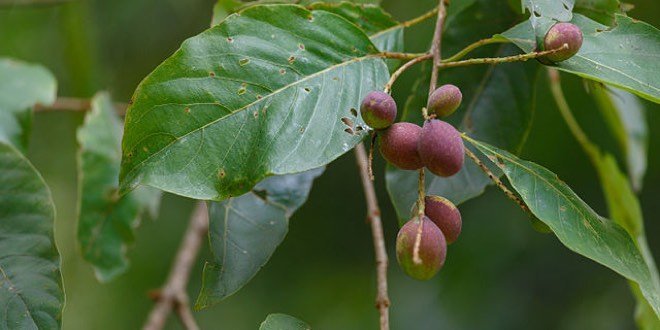
Ayurvedic Cooking Retreat
July 1, 2024
ASANA in Yoga Therapy
July 25, 2024SEASONAL EATING
Food and the cycles of nature
The energy patterns of the earth change according to its position in the solar system at different times of the year. These changes, which appear as seasonal changes, influence both the animate and inanimate matter on the planet. Ayurveda emphasises the importance of eating foods that are appropriate for each season. Since the different seasonal changes aggravate particular doshas, it is considered beneficial during such times to eat foods which subdue the seasonally aggravating doshas.
Each year, during the spring and autumn equinoxes, on or about March 21 and September 22 in the Northern Hemisphere, and September 22 and March 21,in the Southern Hemisphere, day and night are of equal duration. The rays of the sun are directly above the earth’s equator, as neither pole is tilted towards the sun.
On about March 21, the North Pole starts tilting towards the sun, and this continues until approximately June 21, when it receives maximum heat, energy and solar rays. This is marked by the summer solstice in the Northern Hemisphere. The six-month cycle from March 21 to September 21 is called Uttarayama in Sanskrit, which means ‘towards the North (the sun rises in the northeast corner of the horizon).
On or about September 22, the North Pole again is back in its right alignment and is not tilted towards the sun. But, after this date, it starts drifting away from the sun. On or about December 22, the North Pole is at its furthest point from the sun. This is marked by the winter solstice. The six-month cycle from September 22 to March 20 in the Northern Hemisphere is called Dakshinayana in Sanskrit, which means ‘towards the South’ (the sun rises in the southeast corner of the horizon).
In the Southern Hemisphere, consider:
Spring September 22 to December 21
Summer December 22 to March 20
Autumn March 21 to June 20
Winter June 21 to September 21
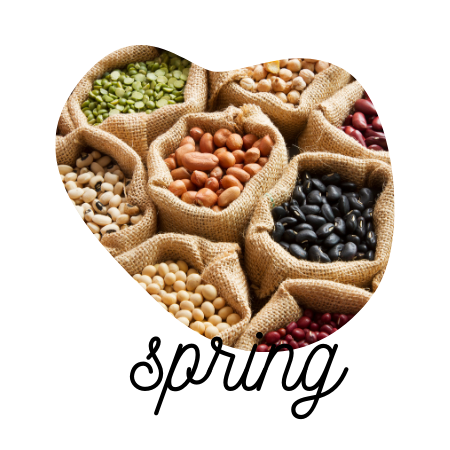
Spring presents a time to purify the system of the many toxins accumulated during winter. With the accompanying change in the energy patterns, all living things start emerging from a long, winter slumber, and there are signs of new life everywhere. Mucous (Kapha) is aggravated in the spring, and the digestive fire becomes weak, which is why foods which are sweet, sour, oily or heavy in nature, including yoghurt, urad dhal, potatoes (unless eaten with fenugreek leaves, cummin, ginger or garlic), foods which have a cooling effect, those that produce mucous and stale foods, are best avoided. Favour bitter, astringent and pungent tastes.
Examples of foods to favour in spring:
– apples, bananas, mangoes, pears, strawberries
– bitter melon, spinach, rhubarb, spring onions, eggplant, ginger, radishes, zucchini
– barley, buckwheat, wheat
– chickpeas, lentils, mung beans, split peas
– asafoetida, cardamom, cummin, fenugreek, mustard seeds, saffron, turmeric, honey.

Summer is a season of lethargy. The body naturally accumulates calories in the form of fat during winter, as a protective shield against the cold, which is burned up in summer, producing a great amount of heat in the system, which creates dehydration. This process does not take place in spring because Pitta is seasonally low. As the stored fat is broken down, the glucose content of the blood increases, which, together with the amino acids, is eventually absorbed by the system to produce energy. While the fat is being burnt up, the blood becomes thick and dehydrated. The body’s vital fluids become denser and more sluggish, therefore consuming more liquids becomes essential. Sour, pungent and salty tastes and foods which are dry in nature, whether hot or cold are best avoided.
Examples of foods to favour in summer:
– all juicy fruit, apricots, bananas (in moderation), berries, grapes, melons, lychees, mangoes, stone fruit, pineapples, figs
– beets, squash (all kinds), beans, corn, tomatoes, cucumbers, zucchini, celery, lettuce, spinach, watercress, radishes, turnips
– buttermilk, yoghurt, lussi, fresh coconut water in coastal areas, and homemade lemonade.

Autumn is a season of changing colours. Less food is needed, as sufficient energy is present in the atmosphere when the sun’s rays are directly above the equator. As the North Pole slowly starts to drift away from the sun, purification and preparation for winter begins, with the body beginning to accumulate heat to withstand the cold, which is one of the reasons Pitta becomes aggravated. The moon is powerful, making the earth’s atmosphere moist and wet. Soon, people will need more calories to maintain their body heat.
Examples of foods to favour in autumn:
– apples, apricots, bananas, berries, coconut, dates, figs, mangoes, melons
– butter, milk and dairy products in moderation to help maintain health and vigour.
– squash (all varieties), brussel sprouts, cabbage, cauliflower, cucumber, eggplant, string beans, tomatoes, zucchini, mustard greens
– barley, maize, rice, wheat
– mung beans, peas, red lentils, split peas, urad beans
– coriander
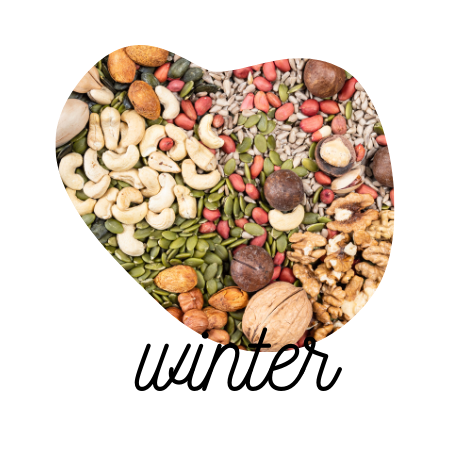
Winter is cold and dry. The sun is less hot, and the wind is stronger, bringing and spreading coldness and dryness. Vata aggravation is experienced both within and outside the system, which is why it is advisable to consume foods which are unctuous in nature. Ingesting foods which have a sweet, sour and salty taste will help subdue vata. The oils pressed from black sesame seeds, mustard and almond oils are heat producing, and are ideal for winter massages. This inner heat makes the blood thinner, and increases its circulation. To combat the cold in the atmosphere and maintain one’s body heat, a lot of calories must be consumed, and heavy foods are more easily digested during winter than during any other season. Drink lukewarm water to aid digestion and elimination.
Examples of foods to favour in winter:
– Citrus fruits, nuts and seeds with dried fruit
– Butter, buttermilk, cheese, clotted cream concentrated from cooked milk (rabri), cream, ghee, kheer, milk,
– Buckwheat, millet, wheat
– Bitter melon, carrots, collard greens, asian greens, cabbage, broccoli, cauliflower, kale, mushrooms, onions, peas, red beets, spinach, string beans, sweet potatoes, winter squash, taro, turnips
– chickpeas, kidney beans, mung beans, red lentils, split peas, soya beans, urid beans


